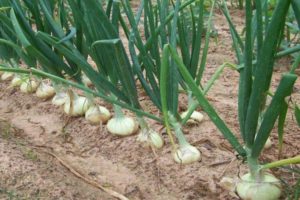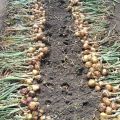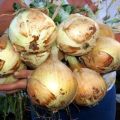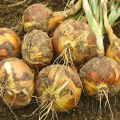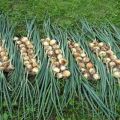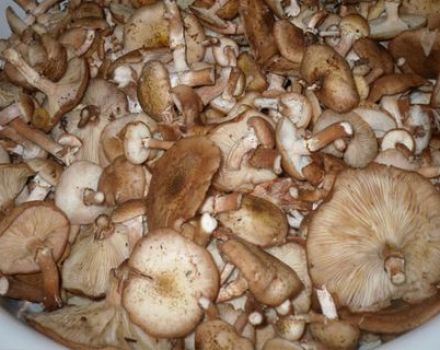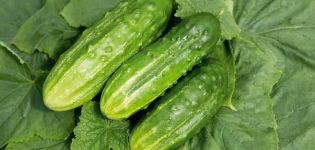Description of the Sturon onion variety, features of cultivation and care
Farmers and gardeners place high demands on onions. It should taste good and keep well. Sturon onion meets all these requirements, and besides, it is not difficult to grow it. The variety attracts the attention of both novice summer residents and professional farmers.
Description of the variety
Sturon is of Dutch origin, but perfectly adapted to our climatic conditions. The shape of the bulbs resembles an ellipse; at maturity, the shell acquires a rich golden color with prominent brown stripes. The mass of one Sturon head reaches 210 grams. On the surface of each bulb there are about 5 layers of scales, under which there are several more layers of juicy white-green scales.

The characteristic suggests that Sturon is classified as a mid-season variety. At least 100 days pass from the moment the first shoots appear to technical ripeness. The taste is at a high level. The onion has a bitter and slightly pungent taste, as well as a classic tart aroma. Due to its versatile properties, the harvested crop can be consumed fresh, canned, and sent for long-term storage.
Advantages and disadvantages of the variety
Sturon's features provide him with a number of advantages over competitors, thanks to which more and more gardeners prefer this variety. This includes:
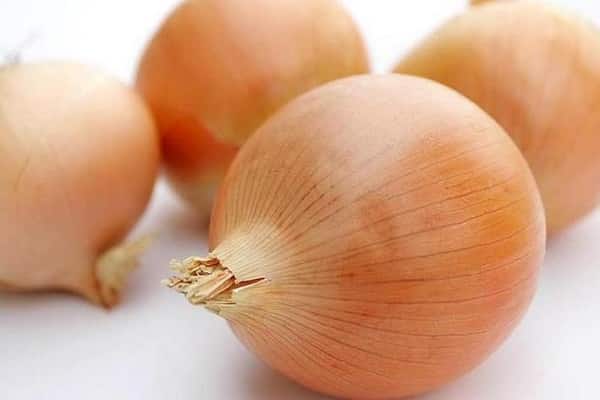
- the possibility of growing in the climate of the northern zone;
- high productivity;
- large bulbs;
- high quality harvest;
- the possibility of long-term storage;
- increased frost resistance;
- increased resistance to major diseases.
If you choose the right soil and create the necessary conditions, then up to 35 tons of high quality onions can be obtained from one hectare. Due to the fact that Sturon perfectly retains its qualities for up to 8 months, it is grown on an industrial scale. As evidenced by the reviews of farmers, the increased resistance to diseases and pests makes it possible to avoid the treatment of plots with pesticides. The harvest is environmentally friendly.

Sturon has a number of medicinal properties. Onions contain valuable micro- and macroelements vital for the human body:
- magnesium;
- potassium;
- iron;
- copper;
- zinc;
- calcium and others.
This type of bulbs contains 11 essential amino acid substitutes. In addition, vitamins of almost all groups are included in their composition.
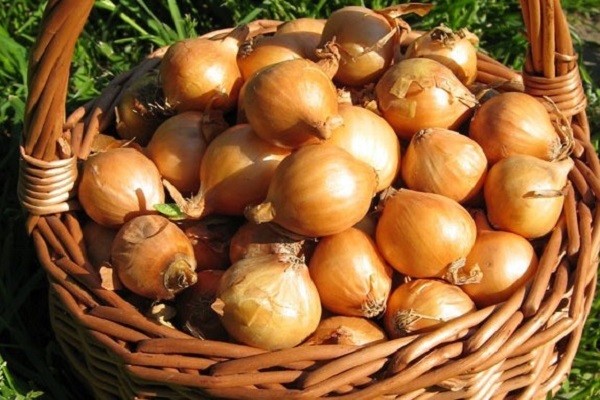
Sturon onions bring a person not only benefit, but in certain cases also harm.For people suffering from chronic diseases of the gastrointestinal tract, it is contraindicated to eat raw onion heads. If you do not control the amount of food consumed, you can cause asthma attacks or heart rhythm disturbances.
A side effect of an overdose of Sturon onion is high blood pressure.
Growing features
Planting and caring for Sturon is not difficult, but this business has its own characteristics. Onions are grown both as a one-year-old and as a two-year-old, but in the first year it will not work to get large heads. To obtain feathers in winter, bulbs are planted in greenhouses from autumn. Planting material can be purchased at the store or grown on your own.
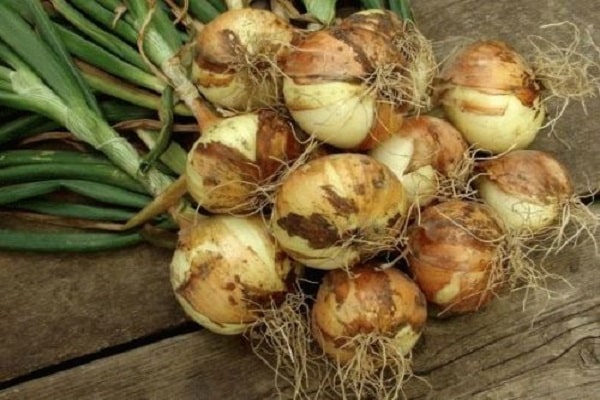
Onion sets are chosen with special responsibility, the size of which is about 2 cm in diameter. The surface must be flat. You cannot take bulbs for further cultivation:
- having mechanical damage;
- having slight signs of decay;
- moist;
- having characteristic signs of disease or pest damage;
- not at rest.
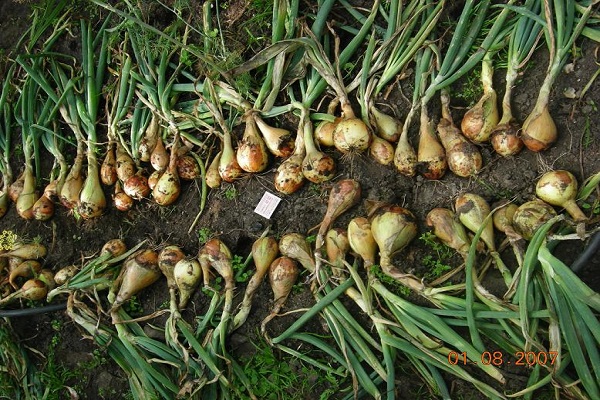
In the case of purchasing Sturon planting material in the fall, it is sent for storage. The premises are selected dry, well ventilated, with an air temperature of 18–20 ° С.
Landing dates
Having chosen the optimal planting time, you can grow an excellent Sturon onion without unnecessary trouble. The description of this variety suggests an early start of planting work. As soon as the soil thaws 5–6 centimeters, sowing begins. In the southern regions, this time falls on the end of March, in the rest - the beginning or mid-April.

Seed planting rules
Preparation of the site for planting onions begins with digging up the soil and applying compost. One square meter will require half a bucket of fertilizer. Wood ash and phosphorus fertilizers are also added. In the spring, a couple of days before the planting of Sturon, the site is plowed up and the beds are marked. After that, the soil is compacted and covered with a black film so that it warms up well.
Before sowing, the seeds are soaked for a couple of hours in a solution of potassium permanganate or aloe juice. Then they are placed in a moistened piece of cloth for 2 days. Before sowing, the beds are abundantly watered and grooved. The distance between the rows of the Sturon bow is 10 cm.

Basic care
Sturon onions are undemanding to care for, but some attention should be paid to them. To obtain a large seeding, the seedlings are thinned out after the emergence of shoots. The soil needs constant loosening, which helps to mix fertilizers and remove weeds. Watering is carried out only occasionally, when the topsoil is very dry.
As soon as the greens of the Sturon onion wither, they stop carrying out all types of work in the beds and wait for the plant to wither and the neck becomes soft. During this period, they begin to harvest their crops. Cleaning time is usually mid to late summer.

Growing two-year-old onions
It was said above that Sturon is grown as a two-year-old. To do this, a few weeks before the onset of frost, a set is taken and planted on previously prepared beds. The variety is not afraid of frost, therefore, with the beginning of the first thaws, the onions will gain strength, and the heads will grow.
Sturon is also planted with the arrival of spring. From autumn, organic fertilizers are applied to the proposed planting site, and mineral fertilizers are applied immediately before planting. The heads are buried by 2-3 centimeters, leaving 2 centimeters of soil above their shoulders. The distance between the bulbs is 9-12 centimeters.

Under no circumstances should Sturon be fertilized with chemicals containing nitrogen. The fact is that onions tend to accumulate nitrates in themselves, therefore, subsequently, they cause great harm to the human body.
The Sturon variety has proven itself well and continues to gain popularity among domestic farmers due to its unpretentiousness and resistance to diseases.


